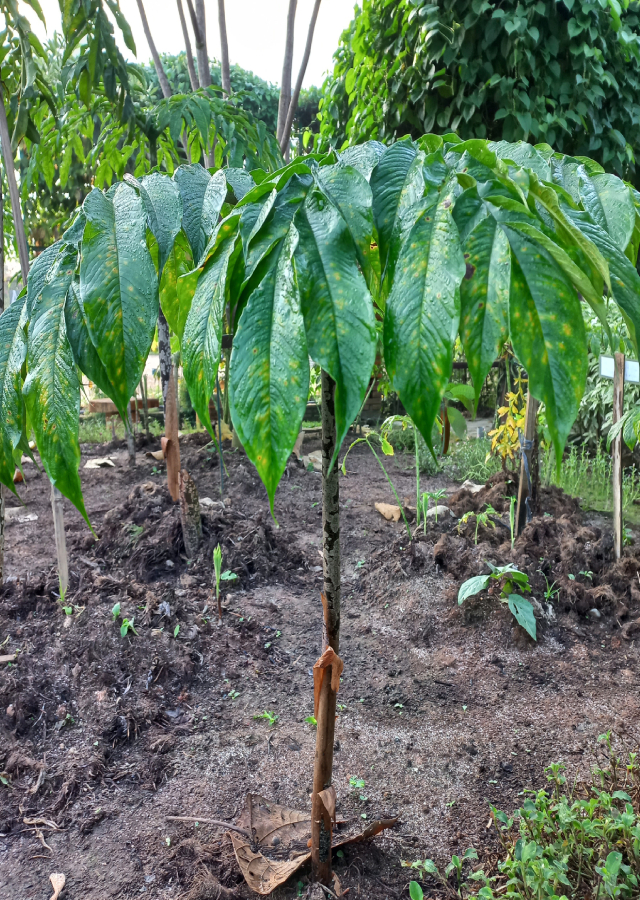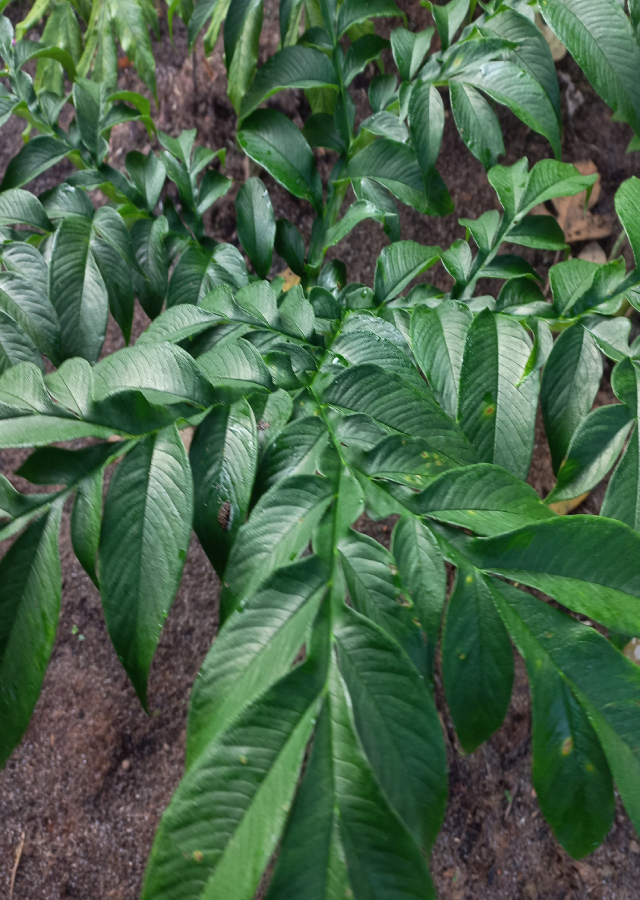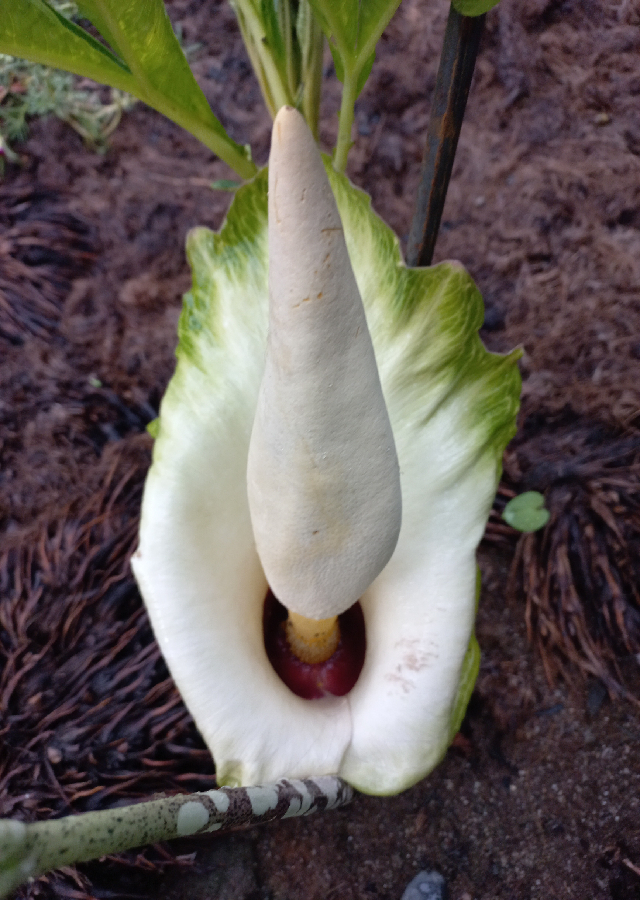Traditional Herbs from Amorphophallus variabilis
boils
- Prepare 5 grams of fresh tubers and wash them until clean.
- Mash/grate\u00a0the tubers until they become a paste.
- Apply the paste to the boils.
What is Amorphophallus variabilis Looks like??



Parts of Amorphophallus variabilis that could be used
- Tuber
Amorphophallus variabilis Distribution
Walur is a plant from the Araceae family that originates from Southeast Asia (Indonesia and the Philippines). In Indonesia, walur grows wild in Java, Madura, Kangean Islands. This plant is generally used as food and traditional medicine. Walur produces tubers and young shoots that can be consumed by cooking them first to reduce the oxalic acid content. Apart from that, the tubers can also be processed into flour and are widely used in various food products. Sometimes walur is also planted as an ornamental plant. Walur has economic value because its tubers contain glucomannan, but its content is lower than its relatives, namely Amorphophallus konjac and Amorphophallus oncophyllus. In the food industry, glucomannan is used as a thickener, gelling agent, emulsifier and stabilizer. Glucomannan also functions to control lipid and blood sugar levels in people with type 2 diabetes mellitus, reduce obesity, prevent and inhibit cancer, and reduce clinical symptoms of diverticulosis.Agroecology of Amorphophallus variabilis
Walur is usually found in secondary vegetation, forest edges, bushes, teak forests, village gardens, and in the shade. This plant can grow well in protected or open places at an altitude of 150-550 m above sea level. Shade up to 50-60% can increase tuber production. The optimum average temperature for growth ranges between 25-35 °C. Likes a moist sandy-clay soil texture with a pH of 6-7.5, and is not suitable for planting in clay soil textures, because the development of the tubers can be hampered. This plant also requires well-drained soil with a high humus content.
Morphology of Amorphophallus variabilis
- Roots are fibrous and white.
- Small tubers, 1 7 cm in diameter, with white tubers. On the surface of the tubers there are many nodules (potential shoots) and rough, coarse fibers.
- Stems are soft, round in shape, smooth, various colors, white or light brown with irregular patterns, relatively smaller compared to Amorphophallus muelleri and Amorphophallus paeoniifolius.
- Single leaf, pointed tip, notched base, green, smaller in size than porang. At the junction of the branches and leaf axils there are no bulbils or frogs.
- Flowers have small and long flower cobs, much longer than the flower sheath is narrow, long, small, white. Compound flowers, tuber-shaped with a length of 20-40 cm, at the base there are protective leaves, male flowers are yellow, and female flowers are green-yellow.
- Berries, orange-red, subglobose or elongated, 1-3 seeds.
Cultivation of Amorphophallus variabilis
Generative propagation by seeds or vegetatively using tubers or parts of tubers, and tissue culture.
Amorphophallus variabilis, more details :
Chemical Content of Amorphophallus variabilisSaponins, flavonoids and tannins.
Benefits of Amorphophallus variabilis
Treating boils, bites from venomous animals, cuts, controlling lipid and blood sugar levels in people with type 2 diabetes mellitus, reducing obesity, preventing and inhibiting cancer, and reducing clinical symptoms of diverticulosis (formation of small pouches (diverticula) in the large intestine).
Simplisia of Amorphophallus variabilis
Another Facts for Amorphophallus variabilis :
Synonym of Amorphophallus variabilisAmorphophallus zeylanicus Engl., Arum stecorarium Zipp. ex Kunth, Brachyspatha variabilis (Blume) Schott
Habitus of Amorphophallus variabilis
Herb. Erect, annual herb, up to 1 m high
Habitat of Amorphophallus variabilis
- Forest
- Coast
- Land
No comments:
Post a Comment